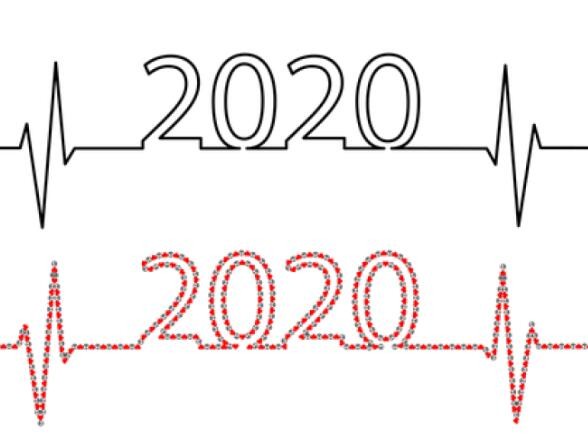



Digital Health
¡°2019 was really the year of connected care/digital health¡ªand there¡¯s so much more to come,¡± says Ralph Hugeneck, senior director of technology at Nypro a Jabil Company. ¡°In recent months, we¡¯ve seen big changes in reimbursement strategies that will influence this trend. For example, physicians are now reimbursed for working with connected care platforms. There is a huge demand in getting data from patients, whether regarding clinical trials or the everyday life of the patient, which requires a significant amount of integration¡ªsensors that capture data, additional components in constrained space, movement in the diagnostics space to microfluidics for DNA sampling and processing.¡±
Hugeneck says that while ¡°digital strategy development has in general been getting better, faster, following the continued drive for more economical, value-based healthcare,¡± the trend has been ¡°developing more slowly than expected, as many healthcare device makers evaluate their digital strategy options to acquire patient data and with validation of its use to improve patient outcomes.¡±
Another trend developing is voice recognition, Hugeneck says. ¡°The capabilities of consumer devices such as those enhanced by Amazon¡¯s Alexa are seen in the healthcare space as potentially valuable for a range of uses, including controlling devices and in recording physician-patient conversations,¡± he says. ¡°Also, in consumer device-inspired trends is auto-replenishment, a la Amazon Dash; we¡¯ve seen customer interest in adding this functionality into the back end of ¡®smart¡¯ packaging to enable replenishment of consumables such as contact lenses and cleaning fluids via the patient¡¯s smart phone.¡±
5G
¡°Digital health is king and 5G is its crown,¡± says Maria Shepherd, president and CEO, Medi-Vantage. ¡°Right now, greater than 46 million Americans, or 15% of the U.S. population, live in rural areas, according to the CDC and as defined by the U.S. Census Bureau. Rural care is the next frontier for large healthcare systems to provide care in remote areas through telehealth,¡± she says. ¡°The quality and speed of a 5G network are imperative for positive outcomes. For example, 5G can support large healthcare systems through real-time transmission of large imaging files. Specialists will be able to review and advise on patient care and augment a local doctor's ability to deliver care that provide the best outcomes through remote and reliable monitoring of patients.¡±
In 2020, Ralph Hugeneck of Nypro, a Jabil Company, expects ¡°that the maturation of 5G will enable increased data flow without latency, including the video and audio capabilities vital to remote healthcare, thereby accelerating connected care strategy development.¡±